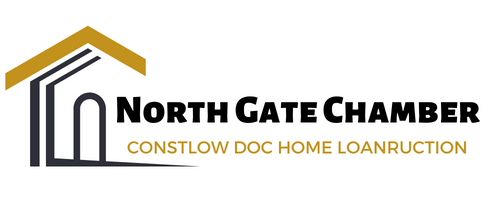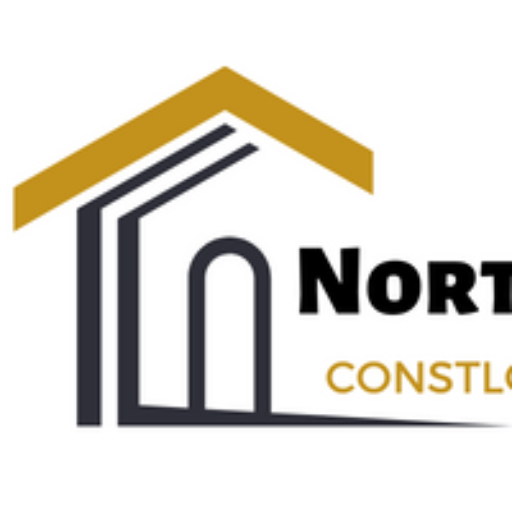Low doc home loans have gained traction among borrowers, especially those who are self-employed or have non-traditional income sources. A common question arises: can low documentations home loans be used for investment properties? The answer is a resounding yes. These loans are tailored to assist individuals in purchasing investment properties without the extensive documentation typically required by traditional lenders. This article will explore how low doc home loans work for investment properties, their benefits, the application process, and important considerations for prospective investors.
Understanding Low Doc Home Loans for Investment Properties
low documentations home loans are specifically designed to accommodate borrowers who cannot provide the full range of documentation usually required by lenders. This includes self-employed individuals and those with irregular income streams. Can low documentations home loans be utilized for investment properties? Absolutely. The same terms and conditions that apply to standard home loans also apply to investment properties. Borrowers can leverage rental income as part of their serviceability assessment, although lenders typically consider only a portion—often around 75%—to account for potential vacancies and maintenance costs.
Benefits of Using low documentations home loans for Investments
One of the primary advantages of using low documentations home loans for investment properties is flexibility. These loans allow borrowers to bypass the extensive documentation required by traditional lenders, making it easier for self-employed individuals or those with fluctuating incomes to secure financing. Additionally, low doc loans can lead to faster approval times, enabling investors to act quickly in competitive real estate markets. Furthermore, they can accommodate various property types, including residential and commercial investments, giving borrowers a broader range of options.
The Application Process for Low Doc Home Loans
The application process for low documentations home loans is generally more streamlined than that of traditional mortgages. Here are the key steps involved:
- Preparation: Gather necessary documents such as Business Activity Statements (BAS), bank statements, and an accountant’s letter verifying your income.
- Choosing a Lender: Research lenders that offer low doc loans for investment properties; each lender will have different criteria.
- Submitting Your Application: Complete the loan application form and submit it along with your gathered documents.
- Approval Process: After submission, the lender will review your application and may request additional information before making a decision.
This simplified process allows borrowers to navigate the lending landscape more efficiently.
Important Considerations When Using Low Doc Loans for Investments
While low doc home loans offer significant advantages, there are important considerations to keep in mind. Can low documentations home loans come with higher costs? Yes, they often do. Due to the perceived risk associated with lending to borrowers who cannot fully substantiate their income, these loans typically carry higher interest rates compared to standard mortgages—often by 0.25% to 0.5% [1][2]. Additionally, lenders may require larger deposits—usually around 20%—and may charge Lenders Mortgage Insurance (LMI) if the loan exceeds certain thresholds.
Moreover, not all lenders allow borrowing in a company name, which could impact future investment plans. It’s crucial for potential investors to understand these nuances and consult with a mortgage broker or financial advisor to ensure they choose the right loan structure.
Common Challenges and Solutions
Investing in property using low doc home loans can present challenges. One common issue is navigating the higher interest rates associated with these loans, which can affect overall profitability. Additionally, first-time investors may face stricter scrutiny from lenders who want assurance that they have a solid understanding of property investment.
To overcome these challenges:
– Research Multiple Lenders: Different lenders offer varying terms; therefore, comparing options can lead to better financial outcomes.
– Prepare Thoroughly: Having all required documentation ready can streamline the application process and improve chances of approval.
– Consult Experts: Working with a mortgage broker can provide valuable insights into lender requirements and help navigate potential pitfalls in the application process.
In conclusion, low documentations home loans can be an effective financing option for purchasing investment properties. They offer flexibility and accessibility for self-employed individuals or those with non-traditional income sources who may struggle with conventional loan requirements. By understanding how these loans work and being aware of their benefits and challenges, borrowers can confidently navigate the investment property market using low doc home loans as a viable financial tool.

